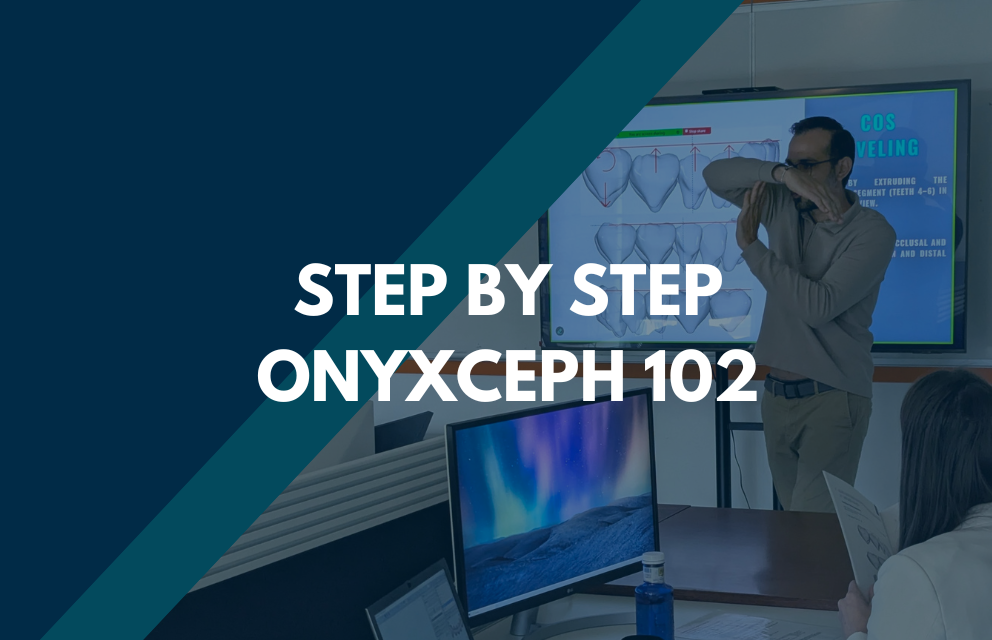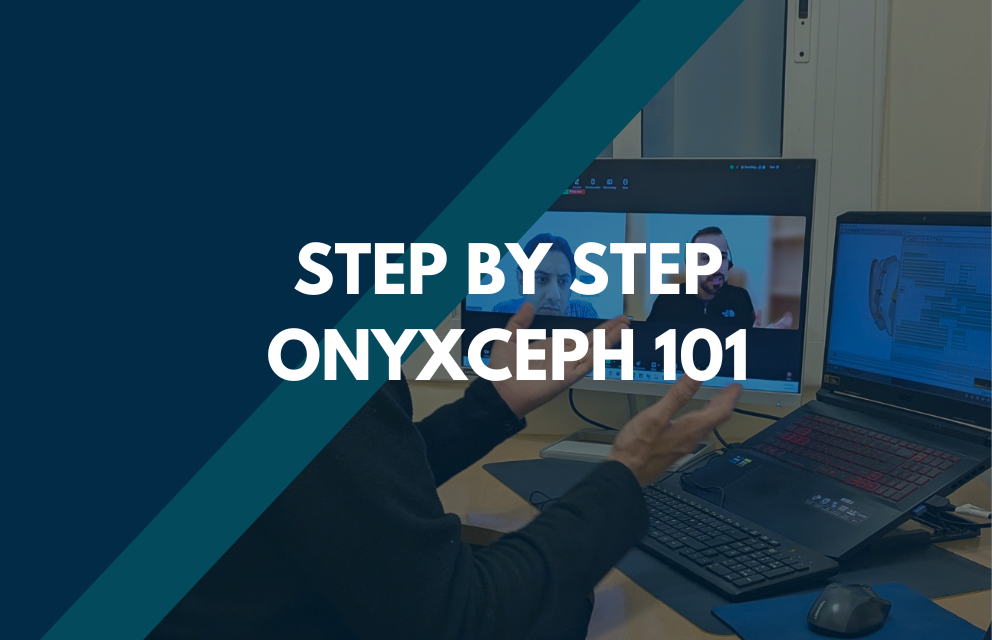OnyxCeph 102 — Aligner 3D Fundamentals (Step-by-Step)
An introductory course to the Aligner 3D module in OnyxCeph. You’ll be guided step by step through each tool to build a complete basic aligner-planning workflow—from tooth movements to attachments, staging, and preparing STL files for production.

About the Course
What are you going to learn?
This session dives deeper into the software’s key features, empowering you to streamline your digital orthodontic processes with precision and efficiency.
This beginner course introduces the essential functions of OnyxCeph’s Aligner 3D module, guiding you through tooth selection and movement, attachment placement, and basic staging tools to create predictable aligner setups. You’ll also learn how to check occlusion, refine setups, and export STL files ready for manufacturing, giving you the confidence to carry out the full workflow from planning to production.
Course Content
Navigate the Aligner 3D interface and understand its tool panels
You will learn how to orient yourself within the Aligner 3D workspace, identifying where each tool is located and understanding the function of the different panels. This includes becoming familiar with visualization options, menus, and shortcuts, so you can work more efficiently and avoid common beginner mistakes.
Select teeth and apply precise movements (translations, rotations) with control
We will cover the step-by-step process of tooth selection and demonstrate how to perform controlled movements, such as translations and rotations, while respecting anatomical limits. You will see how to align teeth individually or in groups and adjust positions for predictable treatment outcomes.
Manage movement constraints and review occlusion/contacts for accuracy
This section focuses on setting constraints to guide tooth movements and prevent unrealistic setups. You will also learn how to check and interpret occlusal contacts, ensuring that your digital plan maintains functional and balanced occlusion.
Place, edit, and remove basic attachments to support planned movements
You will be introduced to the attachments library and learn how to apply, modify, and remove basic attachments in Aligner 3D. The training will highlight how attachments enhance control of specific movements, providing you with a foundational understanding of biomechanics in digital aligner planning.
Use staging tools to define sequences, step size, and activation basics for predictable results
Here, we will explore staging tools and their role in sequencing movements effectively. You will learn how to define step size, control activation, and design basic movement sequences that reduce refinements and make treatments more predictable.
Apply corrections and refinements within the Aligner 3D setup
This part of the course will show you how to identify errors or inefficiencies in your initial setup and correct them before exporting. You will practice refining tooth positions, rechecking staging, and making necessary adjustments to create a cleaner, more clinically reliable plan.
Export STL files of final setups for aligner production and manufacturing workflows
You will learn how to properly export STL files from your final setups, ensuring they meet the standards required for aligner manufacturing. This includes verifying file integrity, naming conventions, and preparing a digital package ready for production.
Note: This course is focused on learning how to use the Aligner 3D tools in OnyxCeph as a beginner, ensuring you understand the software functions and workflow step by step. If you’re interested in advancing further—applying clinical protocols, mastering biomechanics, and improving your treatment planning strategies—our next-level course is designed for users who already feel comfortable with the software and want to elevate their planning skills.
Reviews
I improved myself even more thanks to this course, the training was very instructive . Thank you dr raul👍
"We have just finished a very comprehensive tutorial from Dr.Mora. He was able to run through the processes of the software in a way that was easy to understand and for my team to put into action for our lab. Brilliant, thank you."
"The training was very useful. I have learnt how to use new different features of OnyxCeph even though I have been using it for 4 years. Many thanks, highly recommended!
.png)



